RxJS catchError: error handling
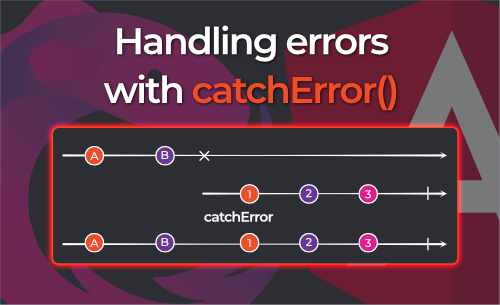
Error handling literally makes or breaks an application. In synchronous code, we can use try/catch blocks, but when working with RxJs we can’t.
When working with RxJS we have to use error handling operators, one of them is the catchError operator.
The catchError operator takes in an observable that might emit an error and
- if it doesn’t, it will just return the original observable.
- if it does, it will catch the error and pass it to the error handling function that you provide.
- This error handling function can return a new observable or can rethrow the error.
Example of a try/catch block:
try {
// Some code that might throw an error
const foo = someFunctionThatMightThrowAnError();
} catch (err) {
// Handle the error
}
Example of catchError
// Some observable that *might* emit an error
const someObservable$ = throwError(() => new Error('I am an error'));
someObservable$
.pipe(
// Input observable throws an error, and original observable completes
// catchError returns a new observable that emits 1 value -> the message of the error:
// "I am an error"
catchError((error) => of(error.message))
)
.subscribe({
// Next callback is called in this example:
// It will console.log the newly created observable from catchError
next: (v) => console.log('Value:', v),
error: (e) => console.error('Error:', e), // Error callback is not called in this example
complete: () => console.info('Completed'), // Complete callback is called in this example
});
// Outputs:
// Value: I am an error
// Completed
In this blog post about catchError we’ll cover:
- How to catch errors and replace them with a fallback observable
- How to catch errors and rethrow them
- Conclusion
How to catch errors and replace them with a fallback observable
Sometimes we want to cover up a thrown error and replace it with a fallback value.
In this example we’ll replace an HTTP error with an empty array.
// Import the catchError operator
import { catchError, ... } from 'rxjs/operators';
...
// Some observable that performs an HTTP call and that *might* emit an error
const httpCall$ = fromFetch('/api/some-endpoint');
httpCall$
.pipe(
// Mimic an HTTP error
switchMap(() => throwError(() => new Error('HTTP error'))),
// Catch the error and return a new Observable that emits 1 value of an empty array []
// Here we pass in the 'error handling function'
catchError((error) => {
// Here you would put your custom error handling logic, eg:
// - Log the error
// - Send the error to a logging service
// - Show a toast message
// Return a new Observable that emits 1 value of an empty array []
return of([]);
})
)
.subscribe({
// Will console.log the newly created observable from catchError
next: (v) => console.log('Value', v),
// Error callback is not called in this example because we return a new Observable that emits 1 value of []
error: (e) => console.error('Error', e.message),
complete: () => console.info('complete'),
});
// Outputs:
// Value []
// complete
How to catch errors and rethrow them
In some use cases we want to catch thrown errors and perform some custom error handling logic and/or rethrow the error with a new message.
In this example we’ll catch an HTTP error and rethrow it with a new message.
// Import the catchError operator
import { catchError, ... } from 'rxjs/operators';
...
// Some observable that performs an HTTP call and that *might* emit an error
const httpCall$ = fromFetch('/api/some-endpoint');
httpCall$
.pipe(
// Mimic an HTTP error
switchMap(() => throwError(() => new Error('HTTP error'))),
// Catch the error and perform custom error handling logic and then rethrow the error
// with a new message
catchError((error) => {
// Here you would put your custom error handling logic, eg:
// - Log the error
// - Send the error to a logging service
// - Show a toast message
// Throw a new error with a new message: 'Something went wrong'
return throwError(() => new Error('Something went wrong'));
})
)
.subscribe({
// Next callback is not called in this example
next: (v) => console.log('Value', v),
// Error callback is called in this example because we rethrow the error
error: (e) => console.error('Error', e.message),
complete: () => console.info('complete'),
});
// Outputs:
// Error Something went wrong
Conclusion
catchErroris an error handling operator that takes in an observable that might emit an errorcatchErrorshould return an Observable either a fallback observable or a rethrown error
Other articles you might like
-

Generating icon components from SVG files with NX and Angular
-

Angular + NGINX + Docker
-
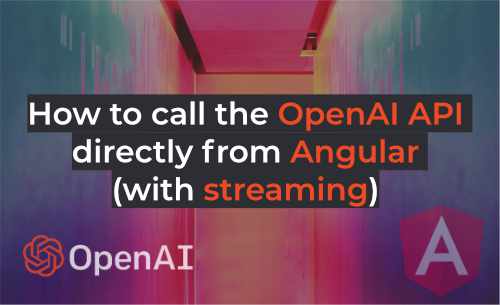
How to Call the OpenAI API Directly from Angular (with streaming)
-
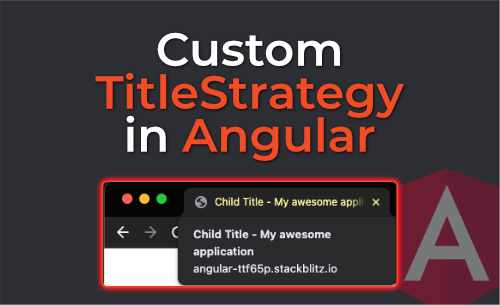
Custom TitleStrategy in Angular
-
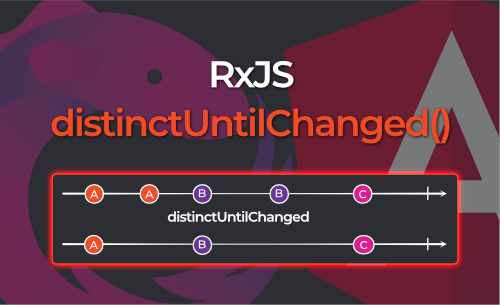
RxJS distinctUntilChanged: filtering out duplicate emissions
-
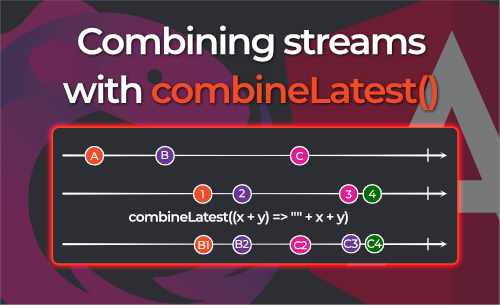
RxJS combineLatest: how it works and how you can use it in Angular
-
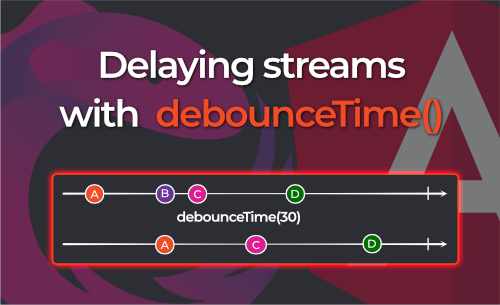
Delaying streams with RxJS debounceTime
-
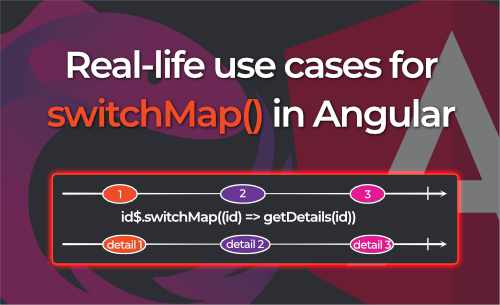
Real-life use cases for RxJS SwitchMap in Angular
-
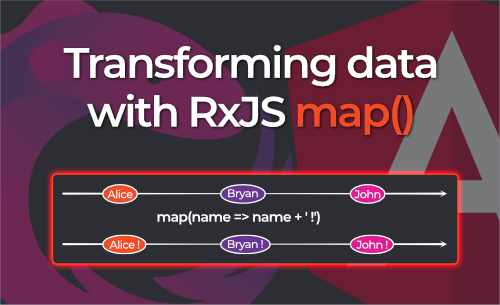
Transforming data with the RxJS Map operator
-

Typesafe view models with RxJS and Angular
-

Reactively storing and retrieving URL state in Angular
-
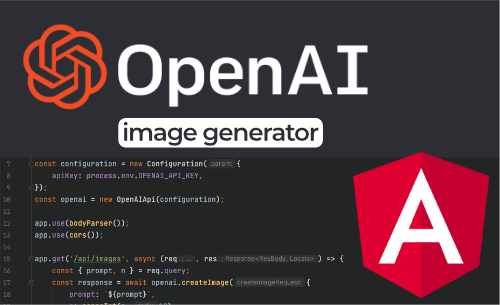
Let's build an Image Generator with OpenAI and Angular
-

Why you should externalize your Angular Configuration
 Written by Bryan Hannes
Written by Bryan Hannes